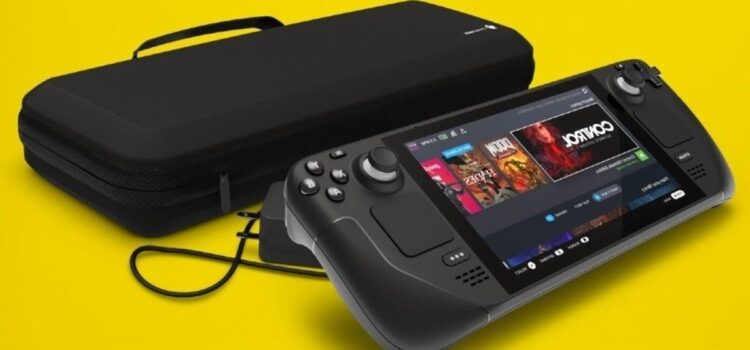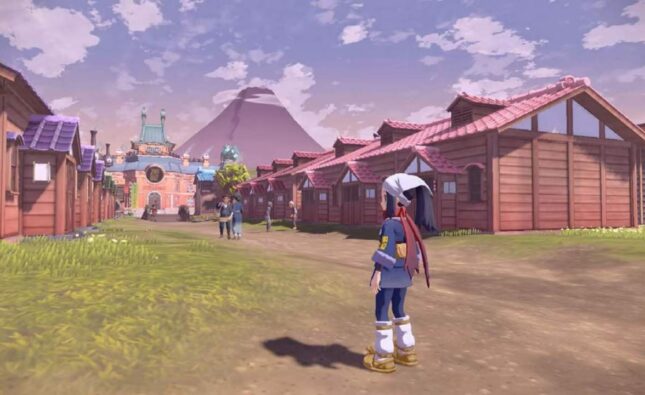
The once several days have been instigative bones for Steam Deck updates. Preliminarily, Valve revealed that the Steam Deck would support Epic’s EasyAnti-Cheat on top BattlEye, giving Steam Deck support for two of the biggestanti-cheats in the assiduity. Moment, we ’re learning that Steam Deck will support a point called Dynamic Cloud Sync, and it’s particularly instigative for those that plan to resolve their game time between Steam Deck and a desktop or laptop.
What is Steam Deck Dynamic Cloud Sync?
Steam Deck’s Dynamic Cloud Sync is, basically, a point that allows you to break your game on Steam Deck and pick it up in the same spot on another device. Stopcock, it seems, expects numerous people to use the Steam Deck the same way they use a Nintendo Switch and suspend games when they ’re done playing by putting the Steam Deck into sleep mode.
With Dynamic Cloud Sync, players can suspend the game on Steam Deck and also renew from the same spot on another machine. So, if you ’re in the middle of a stage, you can pop the Steam Deck into sleep mode also sit down at your desktop and capsule where you left off. Indeed better is the fact that Valve says Steam Deck will automatically download any save game changes to Steam Deck when players try to renew the suspended game after playing on another device.
Will all Steam games support Steam Deck Dynamic Cloud Sync?
In short not all Brume games will support Steam Deck Dynamic Cloud Sync, but Valve would like them to. In a post to the Steamworks Development blog, Valve says that inventors are n’t needed to support Dynamic Cloud Sync, though the company recommends it as it ’ll “ give players the stylish experience possible.” In games that do n’t support Dynamic Cloud Sync, you ’ll be urged to return to Steam Deck to close out the game you were playing before you can launch it on any other device The good news is that Dynamic Cloud Sync uses the Steam Cloud system, which is formerly ignited into a ton of games. Inventors need to integrate Dynamic Cloud Sync APIs with their games and also publish streamlined builds before they can turn the point on, but the fact that this is grounded on Steam Cloud – a system numerous inventors are formerly using – means that relinquishment of Dynamic Cloud Sync should be high as well.
Dynamic Cloud Sync could be the point that takes the Steam Deck from good to great. The prospect of handheld PC gaming was formerly enough instigative, but when you add commodity like Dynamic Cloud Sync into the blend, the Steam Deck will probably come indeed more charming to a lot of PC gamers. The Steam Deck is due out eventually in February 2022, so do n’t be surprised if we hear a lot further about it in the coming days and weeks.










